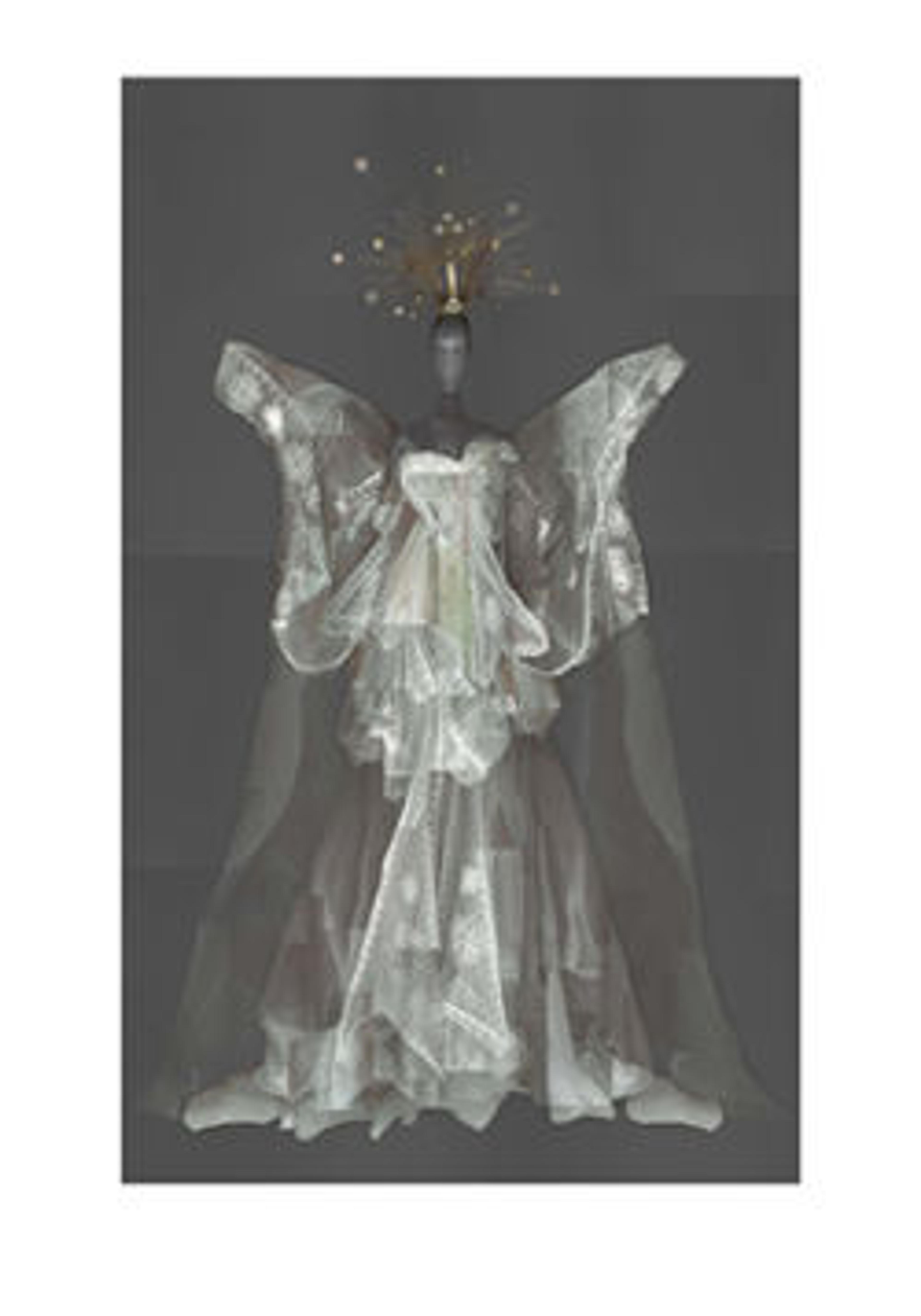Head of Christ
Piety in the late Middle Ages encouraged the believer's intense emotional empathy in the suffering of Christ. Here, stone is transformed into flesh by the actual wood thorns piercing the forehead. The capacity for sculptural naturalism developed in Burgundy by Claus Sluter (ca. 1360–before 1406) and Niclaus Gerhaert von Leiden (active 1460–73?) here endows the noble face of the dead Christ with an uncanny intensity. The head was part of a devotional group, either a Pietà or an Entombment of Christ.
Artwork Details
- Title: Head of Christ
- Date: late 15th–early 16th century
- Geography: Made in North Brabant, The Netherlands
- Culture: Netherlandish
- Medium: Limestone, traces of wood thorns
- Dimensions: Overall: 9 9/16 x 10 1/2 x 9 1/8in. (24.3 x 26.7 x 23.2cm)
- Classification: Sculpture-Stone
- Credit Line: Purchase, Rogers Fund; Gifts of J. Pierpont Morgan, George Blumenthal and Duveen Brothers, by exchange; Bequests of George Blumenthal, Michael Dreicer, Theodore M. Davis and Anne D. Thomson, by exchange; and Mr. and Mrs. Maxime L. Hermanos Gift, 1983
- Object Number: 1983.406
- Curatorial Department: Medieval Art and The Cloisters
More Artwork
Research Resources
The Met provides unparalleled resources for research and welcomes an international community of students and scholars. The Met's Open Access API is where creators and researchers can connect to the The Met collection. Open Access data and public domain images are available for unrestricted commercial and noncommercial use without permission or fee.
To request images under copyright and other restrictions, please use this Image Request form.
Feedback
We continue to research and examine historical and cultural context for objects in The Met collection. If you have comments or questions about this object record, please contact us using the form below. The Museum looks forward to receiving your comments.
